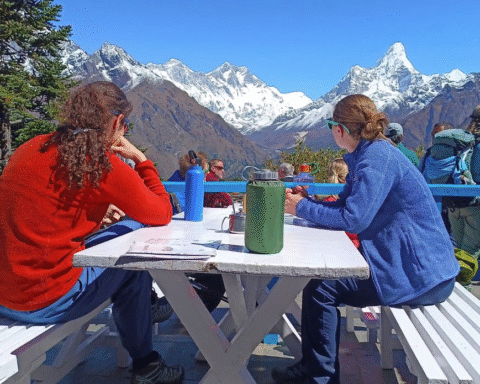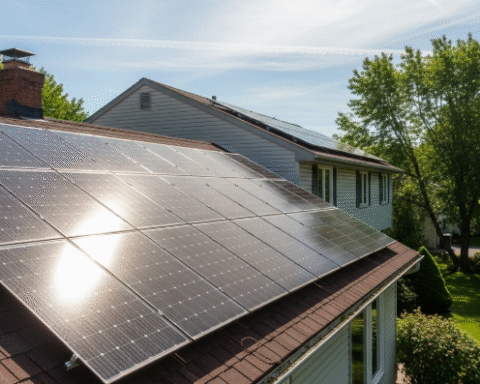The dream of a borderless economy has existed for centuries — a world where value moves as freely as ideas, goods, and people. While globalization brought us closer, it also exposed the limitations of traditional finance: high remittance fees, slow international transfers, and barriers rooted in regulation and banking infrastructure. In this context, the P2P trading platform has become more than a tool for exchanging cryptocurrency. It is a step toward building financial systems that operate beyond borders, where individuals connect directly and create value without institutional bottlenecks.
The Legacy of Borders in Finance
National currencies, banking regulations, and capital controls have historically tied financial activity to geography. A worker in Asia sending money to Africa must navigate a chain of banks, intermediaries, and fees. Entrepreneurs trying to reach global markets face hurdles in payment processing. Even in the digital age, money is far less fluid than information. The P2P trading platform challenges this by stripping away unnecessary intermediaries. It allows a user in one country to connect with another anywhere in the world, agreeing on terms and completing transactions directly.
Technology as the Border Breaker
Escrow services, reputation systems, and blockchain infrastructure make this possible. A P2P trading platform does not rely on global banks to guarantee safety; instead, it uses cryptography and smart processes to protect both sides. Artificial intelligence monitors trades for suspicious activity, while mobile-first design ensures access in regions with limited infrastructure. These innovations mean that participation is no longer defined by proximity to a bank branch but by access to a smartphone and internet connection.
Case Studies of a Borderless Reality
Consider the freelancer in Eastern Europe who completes a design project for a client in North America. Through a P2P trading platform, she receives payment in cryptocurrency and converts it into local currency via direct peer-to-peer exchange. No international bank, no multi-day wait, no heavy fees.
Or the family in West Africa that receives remittances from relatives abroad. Instead of losing 8% of the transfer to traditional channels, they access nearly the full amount through peer-to-peer exchange. These stories illustrate how peer-to-peer systems function as bridges across borders, turning the idea of a global economy into a lived experience.
The Social Layer of Global Finance
What makes the peer-to-peer model especially powerful is that it is not just technical but social. Every transaction involves negotiation, reputation, and trust between individuals. Communities form around platforms, with experienced traders mentoring newcomers and sharing best practices. Over time, this builds a culture of reliability and cooperation. The P2P trading platform, therefore, becomes not only a financial tool but also a social network that spans continents.
Obstacles on the Road to Borderlessness
Despite its potential, the path is not free of obstacles. Regulatory fragmentation is a major challenge. Each country sets its own rules, often creating uncertainty for global platforms. Scams and fraud remain risks, especially for inexperienced users. And while technology reduces costs, it cannot eliminate disparities in digital access. The P2P trading platform must continue evolving to address these issues by adopting compliance frameworks, expanding user education, and strengthening security tools.
The Future Vision
Looking forward, peer-to-peer platforms may integrate with decentralized finance protocols, creating ecosystems where lending, saving, and trading are borderless by design. Global liquidity networks could connect multiple P2P trading platform providers, ensuring instant trades across regions. Governments may even adopt or partner with such systems, recognizing their role in driving inclusion. As innovation accelerates, the idea of a borderless economy moves from aspiration to possibility.
The world is not yet without borders, but the rise of peer-to-peer trading marks a decisive step in that direction. By enabling individuals to trade directly, across cultures and currencies, the P2P platform demonstrates that finance can transcend geography. It is not just building a new way to trade; it is building the foundation of a global financial community where participation is open to anyone, anywhere, a trusted, global channel of financial participation. Those that succeed will not only survive regulatory pressure but will also emerge stronger, shaping the next phase of digital finance for users worldwide.







